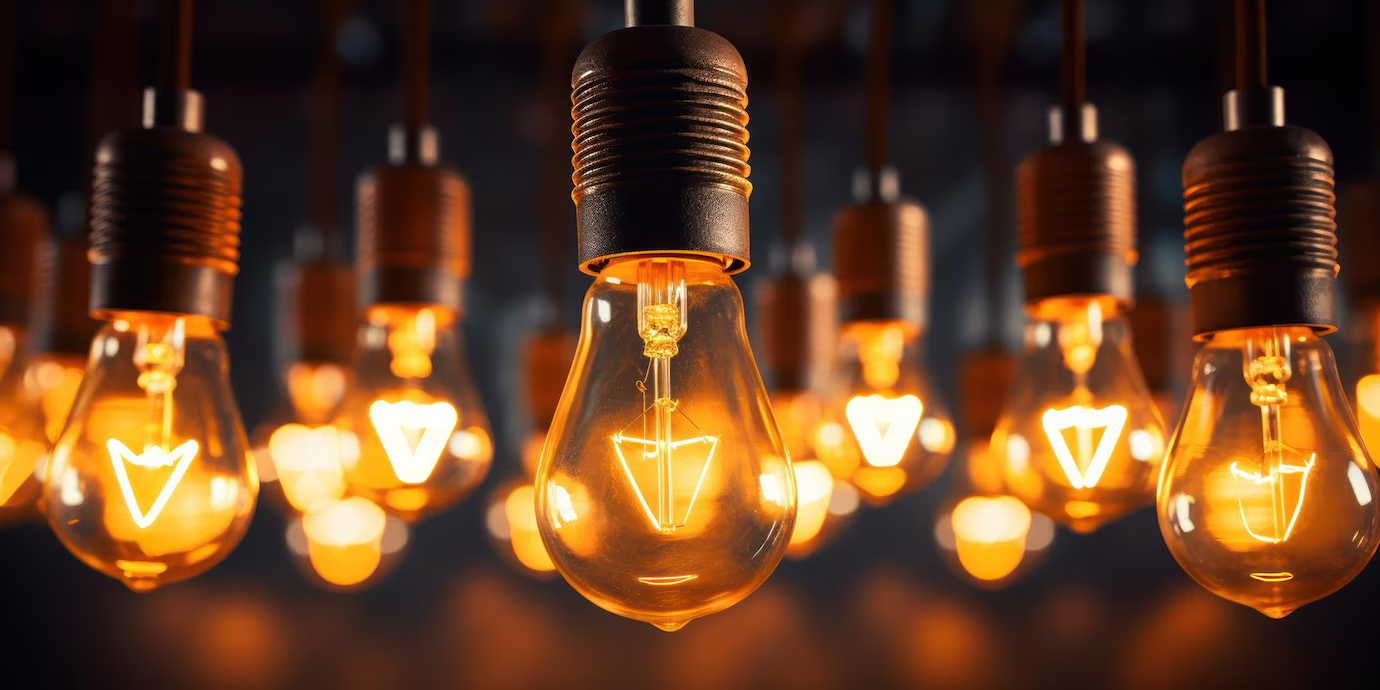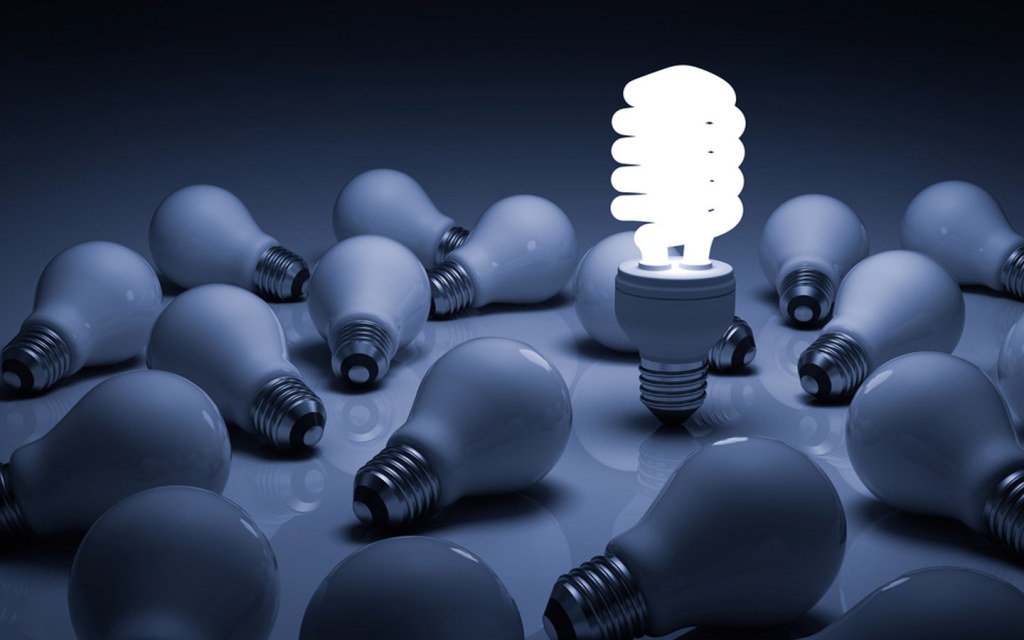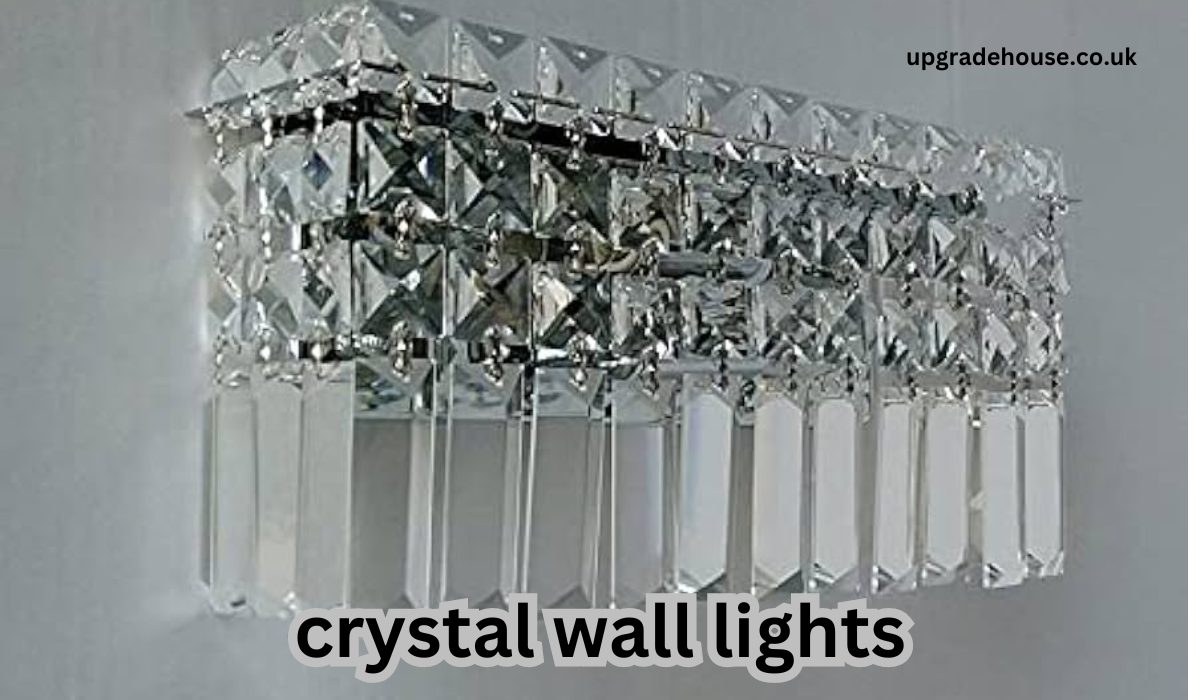Explore the fascinating world of incandescent light bulbs, from their history and design to their advantages and environmental impact. Discover why these traditional bulbs still hold relevance today.
Introduction
The incandescent light bulb, a staple in the realm of artificial lighting, has illuminated homes and spaces for over a century. Despite the rise of energy-efficient alternatives, such as compact fluorescent lamps (CFLs) and light-emitting diodes (LEDs), the incandescent light bulb remains cherished for its warm glow and unique characteristics. This blog post delves deep into the history, design, advantages, disadvantages, and environmental impacts of incandescent light bulbs, providing a comprehensive understanding of this iconic lighting solution.
A Brief History of Incandescent Light Bulbs
The journey of the incandescent light bulb began in the early 19th century, with inventors like Humphry Davy and Warren de la Rue experimenting with electric light. However, it was Thomas Edison who truly revolutionized the design and practicality of the incandescent light bulb in 1879. His successful creation of a durable filament made incandescent lighting feasible for widespread use. As a result, electric lighting became accessible to the masses, forever changing the way people illuminated their lives and spaces. Edison’s contribution not only paved the way for the incandescent light bulb’s popularity but also laid the foundation for the modern electrical infrastructure.
The Anatomy of an Incandescent Light Bulb
To appreciate the incandescent light bulb fully, one must understand its anatomy. At the heart of the bulb lies the filament, typically made from tungsten, which is known for its high melting point and durability. The filament is coiled to increase its surface area, allowing it to reach high temperatures quickly. When electricity flows through the filament, it heats up, causing it to emit light. Encasing the filament is a glass bulb, which serves two purposes: it protects the filament and maintains an inert gas atmosphere. Common gases used in incandescent bulbs include argon and nitrogen, which help prolong the filament’s life by preventing oxidation.
The Role of Filament Material
The choice of filament material plays a critical role in the performance of an incandescent light bulb. Tungsten, the most common filament material, boasts exceptional heat resistance and longevity. When heated, tungsten can emit light while remaining intact, allowing for efficient energy conversion into visible light. As manufacturers continue to innovate, they explore various filament designs, such as coiled or spiral shapes, to enhance the efficiency and brightness of incandescent bulbs. Understanding filament materials helps consumers appreciate the intricacies behind the incandescent light bulb’s illumination.
How Incandescent Bulbs Work
Incandescent bulbs operate on a simple yet effective principle: the conversion of electrical energy into light through heat. When the switch is turned on, electricity flows through the filament, causing it to heat up. As the temperature rises, the filament reaches a point where it emits visible light. This process occurs almost instantaneously, providing immediate brightness without any warm-up time. Consequently, incandescent bulbs remain popular for applications where instant illumination is crucial, such as in residential lighting and task-oriented settings.
The Warmth of Incandescent Light
One of the most beloved features of incandescent light bulbs is their warm, inviting glow. The light emitted from these bulbs has a color temperature ranging from 2700K to 3000K, creating a cozy atmosphere that many people find appealing. This warm light is particularly suited for residential settings, as it enhances the ambiance of living rooms, dining areas, and bedrooms. The incandescent light bulb’s ability to produce soft, diffused light sets it apart from the harsher, cooler tones of fluorescent and LED alternatives.

Advantages of Incandescent Light Bulbs
Several advantages make incandescent light bulbs a popular choice despite the emergence of more energy-efficient options. Firstly, they provide immediate brightness, making them ideal for use in spaces where instant light is needed. Secondly, incandescent bulbs are fully dimmable, allowing users to adjust the light intensity to suit their preferences and activities. Thirdly, they are compatible with existing fixtures and dimmer switches, simplifying the transition for consumers who want to upgrade their lighting without extensive modifications.
Aesthetic Appeal and Design Versatility
Incandescent light bulbs come in various shapes, sizes, and designs, adding to their aesthetic appeal. From classic A19 bulbs to decorative globe and chandelier styles, these bulbs offer versatility in design that complements various interior aesthetics. Homeowners often choose incandescent bulbs for their decorative fixtures to create a warm, inviting atmosphere while enhancing the overall decor. This versatility allows consumers to express their style while enjoying the benefits of incandescent lighting.
The Disadvantages of Incandescent Light Bulbs
Despite their many advantages, incandescent light bulbs also come with several drawbacks. The most significant disadvantage is their energy inefficiency, as they convert only about 10% of the energy consumed into visible light. The remaining 90% is lost as heat, resulting in higher energy bills and greater environmental impact. Additionally, incandescent bulbs have a relatively short lifespan of approximately 1,000 hours, which means they need to be replaced more frequently than their energy-efficient counterparts.
Environmental Impact and Energy Consumption
The environmental impact of incandescent light bulbs is a growing concern, particularly in an age focused on sustainability. Their energy consumption contributes to higher greenhouse gas emissions, primarily when generated from fossil fuels. As a result, many governments and organizations have implemented regulations to phase out incandescent bulbs in favor of more energy-efficient alternatives. The push for greener lighting solutions reflects a broader commitment to reducing environmental footprints and embracing sustainable practices.
The Shift Toward Energy Efficiency
In recent years, the lighting industry has undergone a significant transformation, with a strong emphasis on energy efficiency. As technology advances, alternatives like CFLs and LEDs have gained popularity due to their lower energy consumption and longer lifespans. For instance, LEDs can last up to 25,000 hours while consuming significantly less power, making them an attractive option for environmentally conscious consumers. The shift toward energy-efficient lighting solutions highlights the evolving preferences and priorities of modern society.
The Role of Incandescent Light Bulbs Today
Despite the challenges posed by energy-efficient alternatives, incandescent light bulbs continue to hold a place in modern lighting applications. Many consumers appreciate their unique warmth and aesthetic appeal, leading to ongoing demand in specific markets. While the industry shifts towards energy-efficient solutions, incandescent bulbs still find utility in settings where instant brightness and design versatility are paramount. Understanding the role of incandescent light bulbs today sheds light on their enduring relevance in the lighting landscape.
Innovations and Advancements in Incandescent Technology
To remain competitive in the evolving lighting market, manufacturers have explored innovative advancements in incandescent technology. For instance, halogen incandescent bulbs have emerged as an improved variant, offering enhanced efficiency and a longer lifespan. Halogen bulbs operate at higher temperatures, producing a brighter light while maintaining the warm glow characteristic of traditional incandescent bulbs. These innovations illustrate the industry’s commitment to adapting to consumer needs while preserving the essence of incandescent lighting.
The Future of Incandescent Light Bulbs
Looking ahead, the future of incandescent light bulbs appears uncertain amid the growing emphasis on energy efficiency and sustainability. However, advancements in technology may pave the way for hybrid solutions that combine the warmth of incandescent light with improved energy efficiency. As consumers continue to seek ways to balance aesthetics and environmental considerations, the incandescent light bulb may find a niche market catering to those who appreciate its unique qualities while exploring modern alternatives.

DIY Projects and Creative Uses for Incandescent Bulbs
In addition to their traditional applications, incandescent light bulbs can serve as inspiration for various DIY projects and creative uses. Many crafters and hobbyists repurpose old incandescent bulbs into decorative items, such as terrariums, vases, or unique lighting fixtures. These creative endeavors not only breathe new life into discarded bulbs but also encourage sustainable practices by promoting reuse and recycling.
Conclusion
The incandescent light bulb has played a pivotal role in the history of artificial lighting, illuminating homes and spaces for generations. While the lighting landscape continues to evolve with a focus on energy efficiency, the incandescent light bulb remains cherished for its warmth, immediate brightness, and aesthetic appeal. As consumers navigate the world of lighting options, understanding the legacy and impact of incandescent bulbs enriches their appreciation for this enduring classic.
Read also: Embracing Rustic Charm The Allure of a small barndominium





